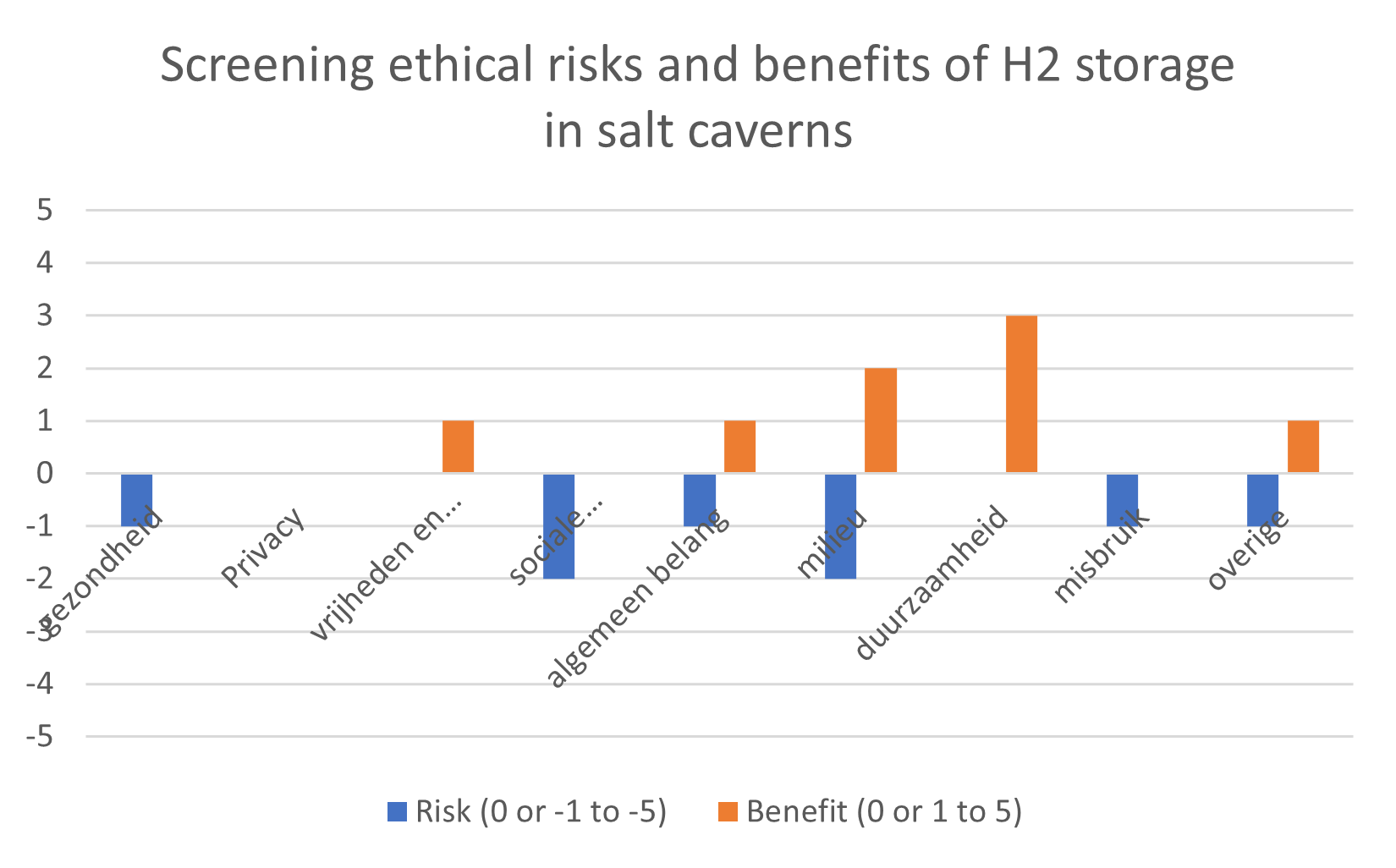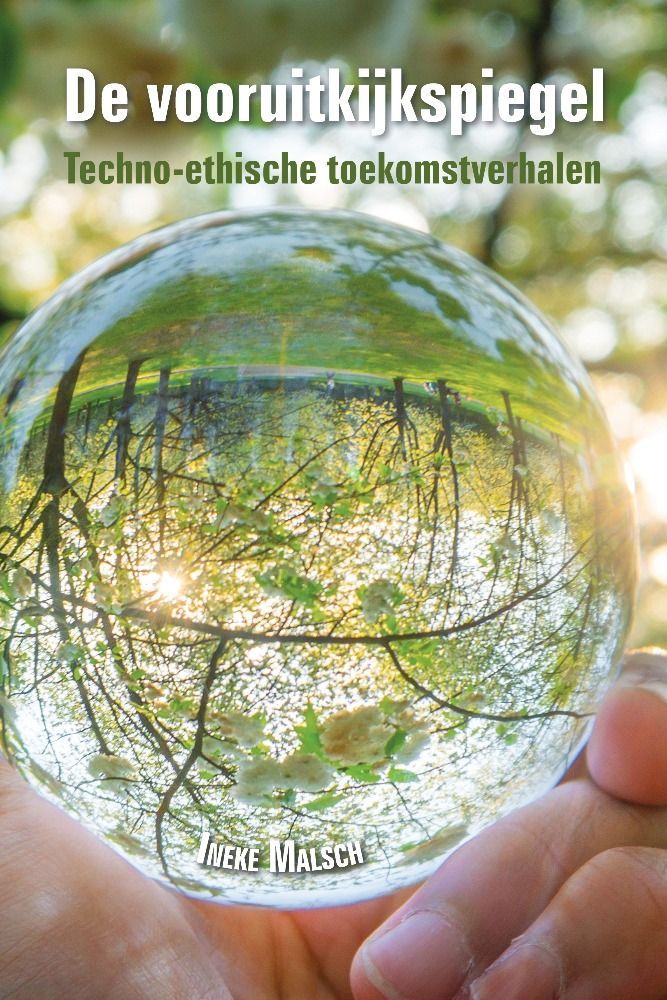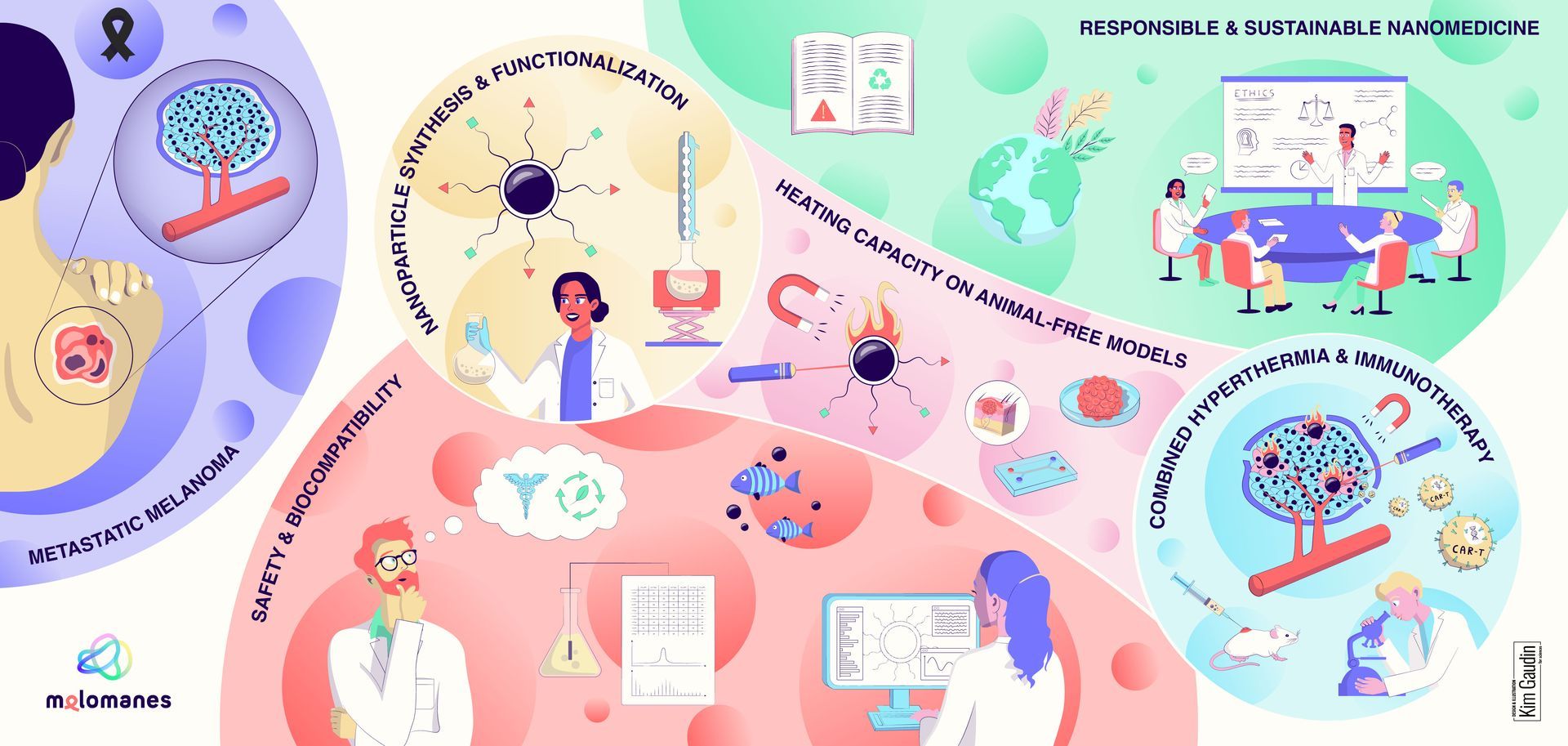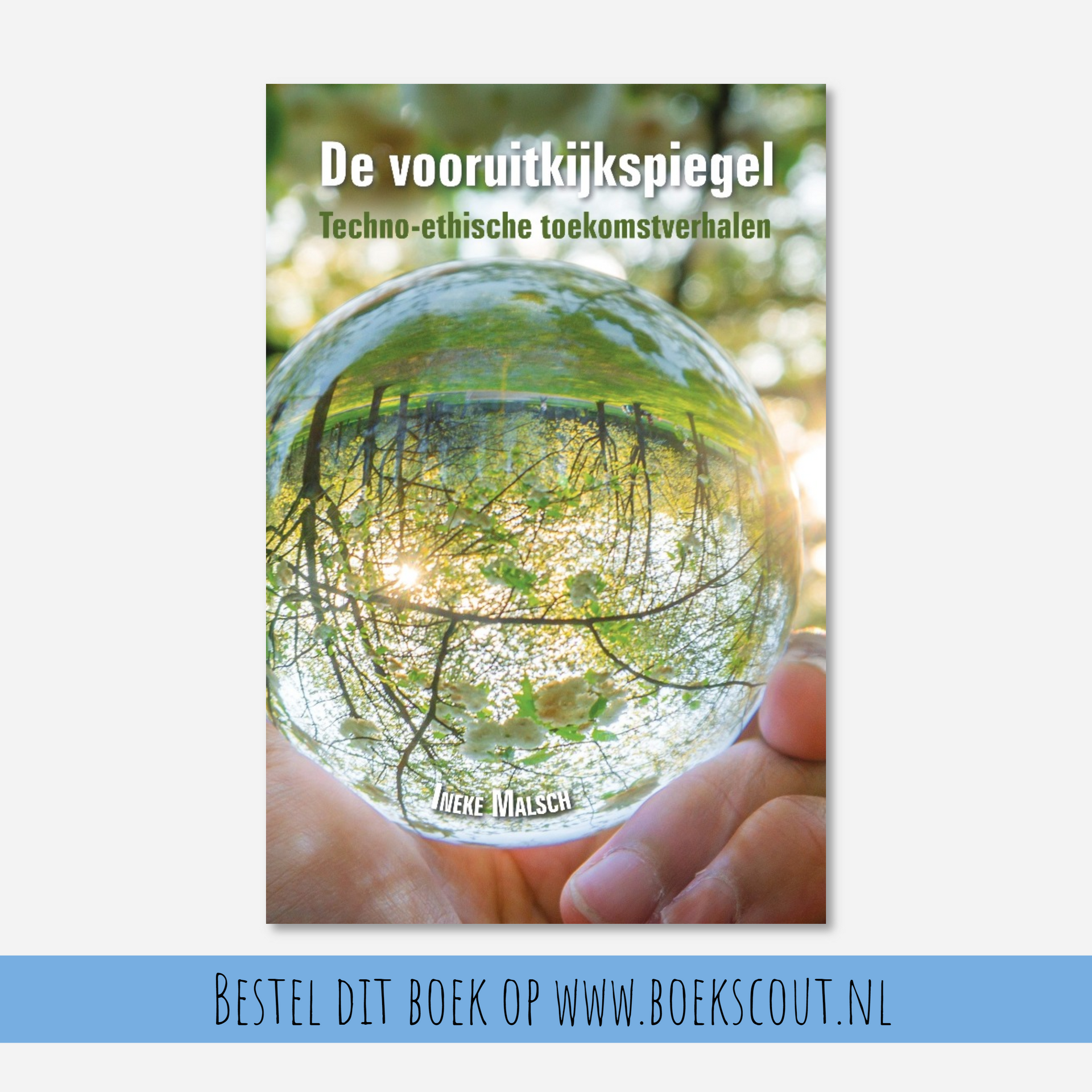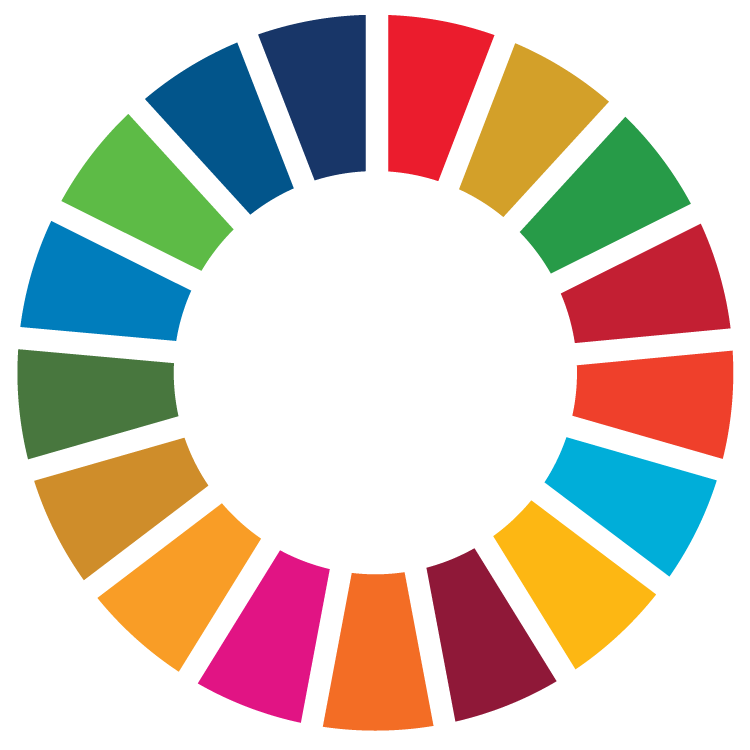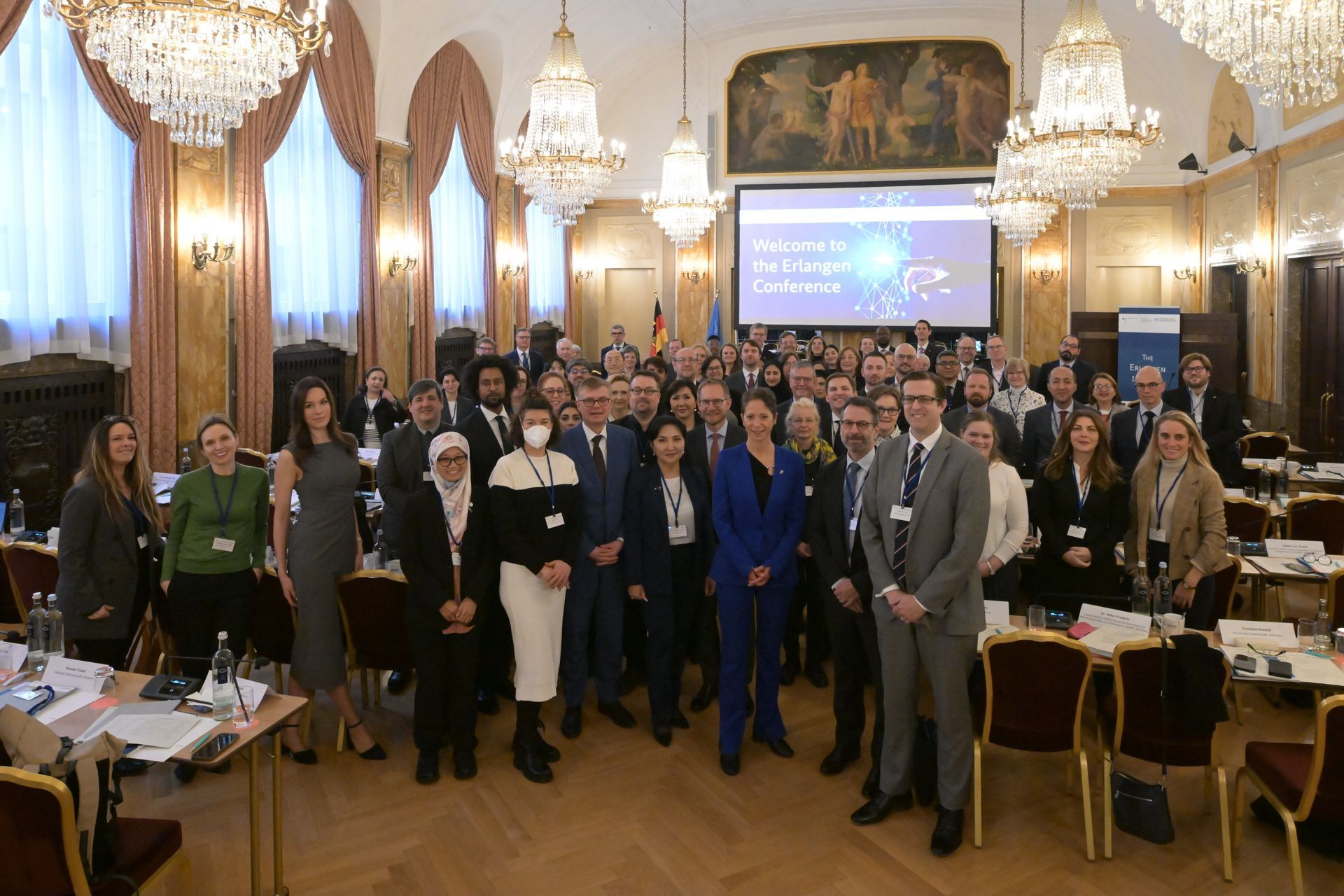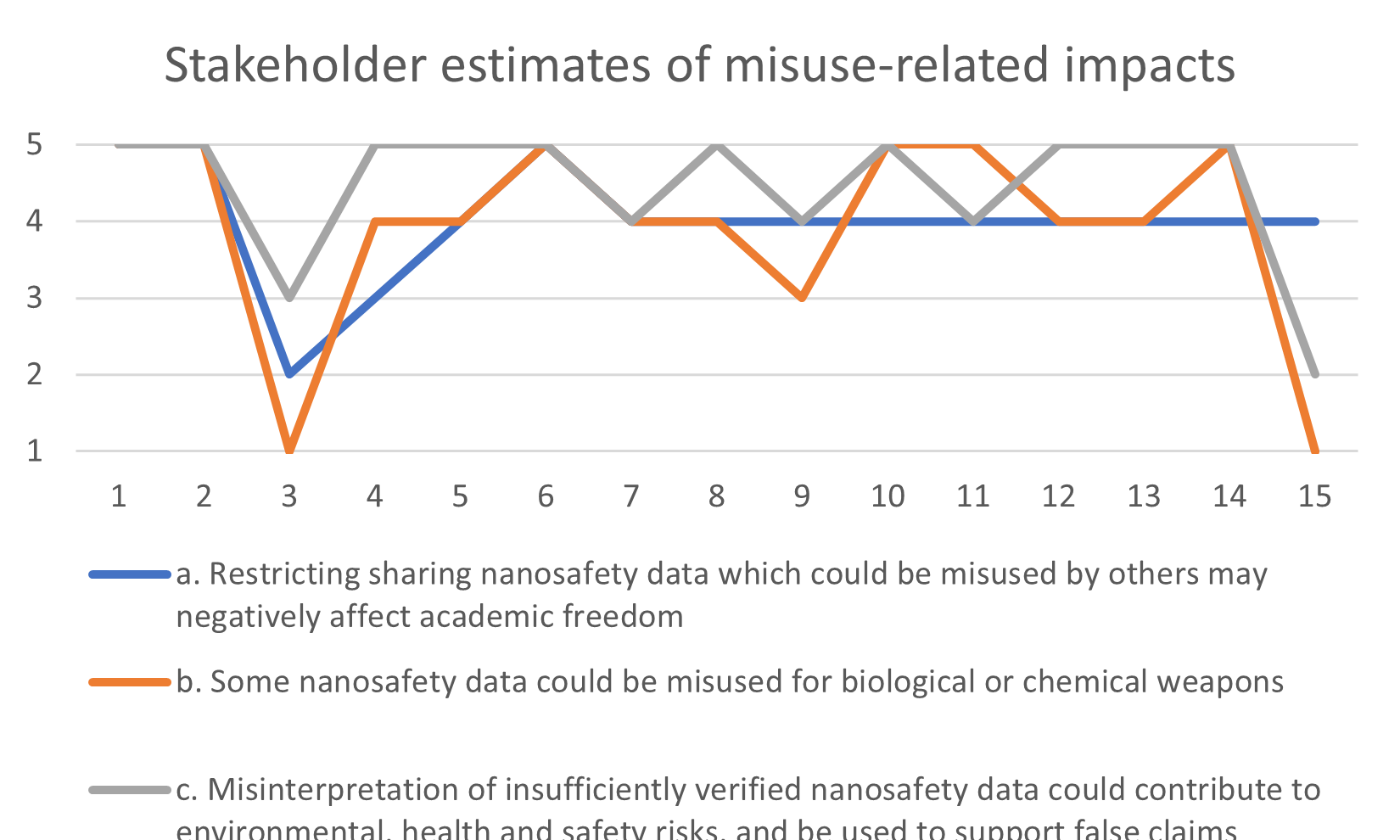Integrating ethics in risk governance of nanomaterials in tyres
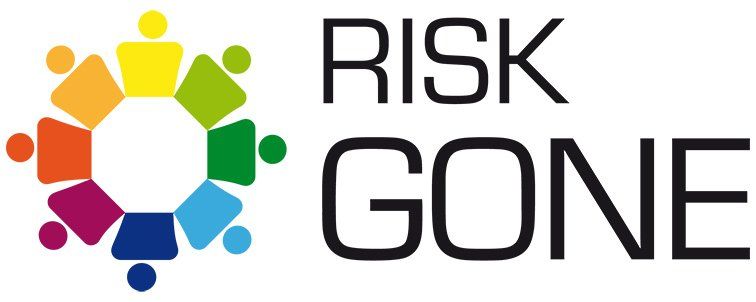
Background, Motivation and Objective
The nano risk governance framework and tools under development in the NMBP-13 project Gov4Nano, NanoRIGO and RiskGONE have been tested on a case study of the application of nanomaterials in tyres. In RiskGONE, online tools have been developed to guide users through an ethical impact assessment (EIA), as part of this broader risk governance framework. The EIA process is based on the CEN pre-standard on EIA (CEN CWA 17145-2:2017). In this presentation, we show the possible added value of the EIA tools for risk governance of nanomaterials in tyres, based on limited open access information found on the internet.
Statement of Contribution/Methods
We used the online tools developed in RiskGONE, guiding us through the six-step Ethical Impact Assessment (EIA) procedure (screening ethical impacts, drafting an EIA-plan, identifying, and evaluating ethical issues, drafting remedial actions, and review of the EIA). The screening was guided by a checklist of nine categories of negative ethical impacts: health, privacy, liberties, equality, common good, environment, sustainability, military dual use, and misuse. The checklist allowed to determine the scope of the full-scale EIA, by selecting which ethical impacts were deemed relevant to the incorporation of nanomaterials in tyres, estimating the severity of each issue on a five-point scale. In this case, a small EIA was deemed appropriate. Thereafter, a plan for performing this EIA was drafted, including the required resources and appropriate methodologies. Given the aim to use the case only as demonstration of the EIA tools, one ethicist identified and evaluated ethical issues using desk research and drafted recommendations for remedial actions.
Results/Discussion
Besides well-documented environmental, health and safety issues, impacts on social justice (health inequalities, intergenerational justice) and sustainable consumption and production were identified and analysed. Recommendations for technical as well as societal and political measures were collected from the literature. Identified technical recommendations included capturing tyre wear particles at source (Tyre collective 2018) and recovering carbon black from end-of-life tyres (WBCSD 2021). Societal measures proposed by the WHO (2019) targeted health inequalities since poorer people in some regions were more exposed to air pollution than other European citizens.
Co-authors: Ineke Malsch, Panagiotis Isigonis, Evert Bouman, Antreas Afantitis, Georgia Melagraki, Maria Dusinska
Funding information
The research reported here was supported by the European Union’s Horizon 2020 project RiskGONE, grant agreement no 814425.
References
Tyre collective (2018). https://www.thetyrecollective.com/
WBCSD TIP Sustainability Driven SDG Tire Sector Roadmap. WBCSD 2021.
WHO (2019) Environmental health inequalities in Europe. Second assessment report. Copenhagen: WHO Regional Office for Europe; 2019. Licence: CC BY-NC-SA 3.0 IGO.
